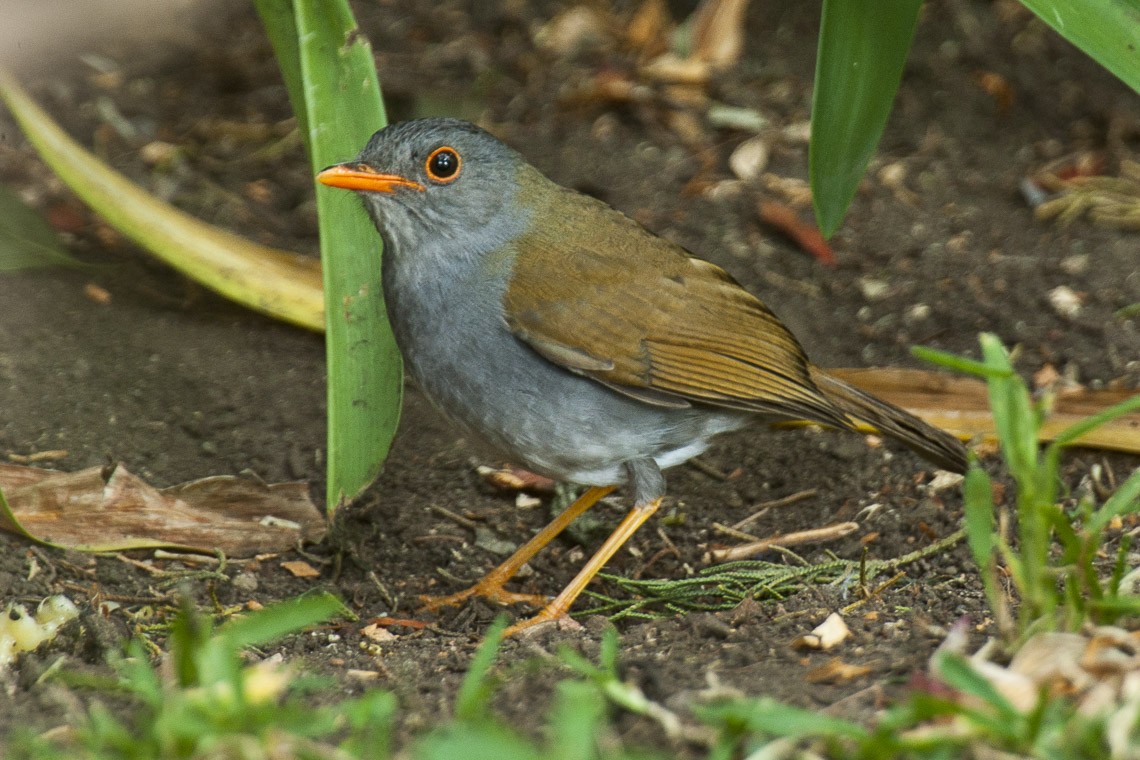Orange-billed Nightingale-thrush
A species of American Brown Thrushes and Nightingale-thrushes Scientific name : Catharus aurantiirostris Genus : American Brown Thrushes and Nightingale-thrushes
Orange-billed Nightingale-thrush, A species of American Brown Thrushes and Nightingale-thrushes
Botanical name: Catharus aurantiirostris
Genus: American Brown Thrushes and Nightingale-thrushes
Content
Description General Info
 Photo By Francesco Veronesi , used under CC-BY-SA-2.0 /Cropped and compressed from original
Photo By Francesco Veronesi , used under CC-BY-SA-2.0 /Cropped and compressed from original Description
The orange-billed nightingale-thrush (Catharus aurantiirostris) is a species of bird in the family Turdidae. It is found in Colombia, Costa Rica, El Salvador, Guatemala, Honduras, Mexico, Nicaragua, Panama, Trinidad and Tobago, and Venezuela. Its natural habitats are subtropical or tropical dry forest, subtropical or tropical moist lowland forest, subtropical or tropical moist montane forest, and heavily degraded former forest. Measuring 14 cm (5.5 in) long, this nightingale-thrush has a bright orange bill, eye ring, and legs. Northern birds have a brown back and cap, and a whitish chest and belly. Southern birds have a distinctive grey crown and darker chest and flanks. It is fairly common within its range. It forages on the ground for insects and fruit. The song is a less musical than other thrushes. It consists of a nasal, slurred whaaaaa. 
Size
17 cm
Nest Placement
Shrub
Feeding Habits
Orange-billed Nightingale-thrush primarily eats insects, spiders, worms, and other invertebrates complemented by a variety of fruits and seeds. It forages on the ground, skillfully using its bill to sift through leaf litter. Notably, it displays a preference for certain fruits, evidencing dietary selectiveness.
Habitat
The orange-billed Nightingale-thrush is typically found in a variety of woodland and forest habitats, ranging from arid thorn-forests, forest edges, and second-growth woodlands to humid cloudforests and bamboo clumps. These birds inhabit the understorey and thickets across broader regions of Middle and South America, thriving from subtropical lowlands to montane zones. Elevationally, they range between 600 to 2500 meters, adjusting slightly within specific regional contexts. The species also adapts to human-altered landscapes, including shrubby pastures, shade coffee plantations, and urban green spaces.
Dite type
Insectivorous
General Info
Feeding Habits
Bird food type
Bird Feeder Type

Platform
Species Status
Not globally threatened.
Scientific Classification
Phylum
Chordates Class
Birds Order
Perching birds Family
Thrushes Species
Orange-billed Nightingale-thrush